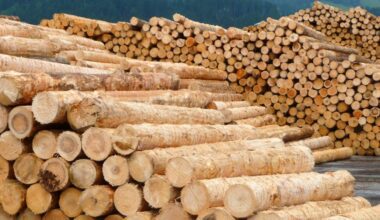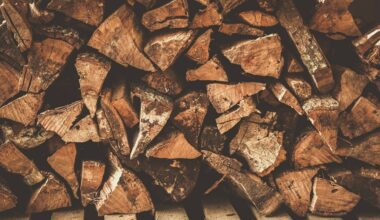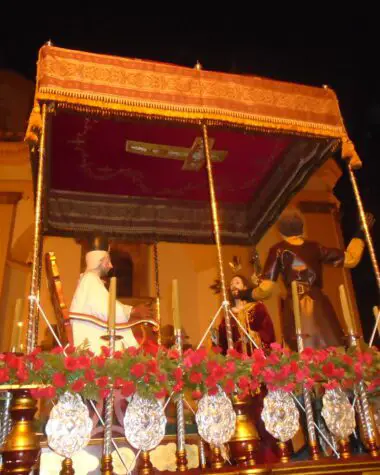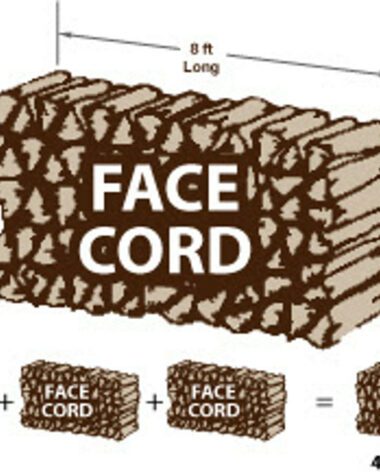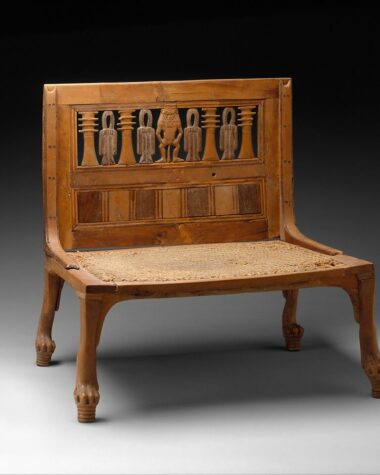It was during the 18th century when the Zafimaniry settled in the deep forests of Madagascar. At that very moment, they began crafting their own culture and engraving in their hearts that the wood was part of their living. In this article, you will need to set yourself in the world of Zafimaniry and will know how wood plays an indispensable part in their way of living, culture, and belief.
Did You Know?
Who could possibly think that a tribe exists with all members sharing the same interests and skills? Well, it is time to shed light on the master woodcarvers from Madagascar. Every person in the Zafimaniry community is involved as either a forester, craftworker, or carpenter. It means that the practice of woodworking runs in their veins because all their members live in it.
As proof, the Zafimaniry community uses wood: literally, every household object is made out of it. Further, the amazing native dwellings of this community are built with wood, and skilled woodworkers crafted not only the interior of the homes but also their stunning exteriors.
Who Is The Zafimaniry Tribe?
The forested mountains of the southeastern Madagascar highlands are the place of a small group of approximately 25 000 people. Scattered across these breathtaking highlands are the Zafimaniry people, who inhabit about one hundred villages in the region.
The Zafimaniry is a Betsileo ethnic subgroup of Madagascar. They speak the Malagasy dialect, which originated from the Barito languages. In addition, the Malayo-Polynesian family of languages includes the Barito languages, which are still spoken in parts of Southern Borneo.
The forest is the real place that the Zafimaniry calls home, as working with wood has strong spiritual and social powers that have shaped the lifestyle and the collective memory of the natives for centuries. Thus, they are also called “the people of the forest.”
The only remaining center for a distinctive woodworking tradition once prevalent on the island is the Zafimaniry village. However, due to the prevalent deforestation in the 18th century, Zafimaniry settled in southeast Madagascar’s secluded, forested area. Currently, 25,000 Zafimaniry inhabit 100 towns and hamlets that are scattered throughout.
Deforestation
The ravages of deforestation in the 18th were why the Zafimaniry had to migrate to the dense forests where they lived nomadically. For Zafimaniry, who had been in deep affection and commitment to woods, the loss of forests can probably be only compared to death in every possible way.
Thus, the Zafimaniry were burdened with dark times that greatly endangered the local community’s culture. In an article published by the Wild Madagascar Organization, the wise words of a native Zafimaniry man sum up the way local people understand the significance of wood for their society:
“In the old days, when there was forest, the men were strong. Now the forest is gone, and the men are weak.”
Meanwhile, the greatest challenges in front of humankind in the 21st century are intricately connected to preserving the cultural heritage of indigenous tribes such as that of the Zafimaniry people. A secret power permeates the beating hearts of people around the world and pulses through the veins of Nature, which supplies food and shelter for everyone, regardless of how modern technologies develop.
UNESCO and the Woodcrafting Knowledge of Zafimaniry
After being declared in 2003, the Zafimaniry people’s woodworking skills were added to UNESCO’s Representative List of the Intangible Cultural Heritage of Humanity in 2008.
Due to this, their working skills spread across the world as many were inspired to study their craft. It was a breakthrough in the Zafimaniry amidst the havoc they experienced due to the widespread loss of trees in the forest.
Meanwhile, as people admire their talents and skills, the profound wisdom embedded in the ancient craft often tends to remain far from everyone’s sight. Nowadays, many of us are proud to call ourselves woodworkers and woodcarvers – no matter if we practice woodworking as a profession or if we practice it as a hobby.
However, few can “hear” the true voice of the trees we give a second life to through woodworking. That’s because our reality has become too distant from the forests where the Zafimaniry people still live, just like their ancestors did.
And it is deep into these forests that wood speaks to those who know how to listen, for wood has both spiritual and social power on the people who have spent their entire life working with this material to build shelter, start a fire, hunt, cook, heal, and in between – carve – and carving is experienced as nothing less but a means of making yourself one with wood.
Zafimaniry: The Spiritual and Social Power of Wood
The Zafimaniry has a saying: “Ny tany tsy miova fa nyolombelona no moiva” which means “While the land does not change, the living people change.”
This saying reflects the tribe’s awareness of the impermanence and frailty of human life, as noted in Cognitive Aspects of Religious Symbolism. However, Zafimaniry implicitly suggests in their proverbs that there is a way to deal with life’s impermanence.
According to Zafimaniry, this method could involve “attaching human people to permanent land through the mediation of the permanent materials, in their case mainly hardwood from which the buildings should be created ideal.”
Meanwhile, through the decades, Zafimaniry foresters, carpenters, and artisans have accumulated practical knowledge and abilities centered around wood. The vital function that this material plays in all facets of life and death is attested to by this craft heritage.
Constructions and commonplace items display the wood sculpting and forestry skills of the Zafimaniry. As a result, almost all wooden surfaces, including walls, window frames, pillars, beams, stools, chests, and tools, are ornately decorated.
Zafimaniry uses twenty endemic tree species, each suited to a particular building project or decorative purpose. They construct wooden houses and tombs without using nails, hinges, or metallic tools.
To ensure their livelihood, the Zafimaniry have been selling statues, furnishings, and everyday items in adjacent towns for many years. But this vulnerable group runs the risk of being reduced to serving as the tourist industry’s only handcraft suppliers. Deforestation also poses a threat to the Zafimaniry’s main source of revenue.
The Meaning of the Traditional Zafimaniry Houses
We might start by seeing the magnificent wooden homes that are distinctive of the Zafimaniry community. Amazingly, all of the wood’s surfaces are decorated with captivating carvings. These can be seen on the window frames, doors, pillars, beams, and walls.
This is the system of their living. Wood carvings are on every surface inside the house, including stools and chests. According to the Zafimaniry people, it is through the geometric patterns in the elaborate traditional houses that “ideals are given the form.” In other words, through the building process of their houses, the Zafimaniry has managed to realize and nurture their ideals century after century.
According to the elders in the community, “The houses cannot be built without cooperation and love.” In addition, the elders reveal the strict order in which the posts of each house are placed. The strict order manifests that the house will become stable and unified.
- the western post is placed and then stood with the eastern post
- the southern post is put, and only then the northern post can be placed
Conclusion
Perhaps, the only modern-day way to compare the significance of wood for the Zafimaniry is to imagine ourselves deprived of our smartphones and laptops. Can you imagine how hard our life is without technology? It could be the same notion for Zafimaniry living without wood. However, more than this illustration is needed, and it fails to embody the immense importance of wood for them.
In general, the spectacular wood knowledge and skills of the Zafimaniry people hides secrets and wisdom that have been accumulated for generations, and their value extends far beyond the mesmerizing shapes and patterns that are carved in a highly skillful manner.

